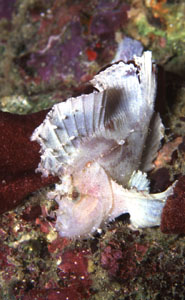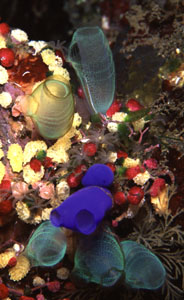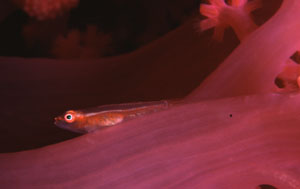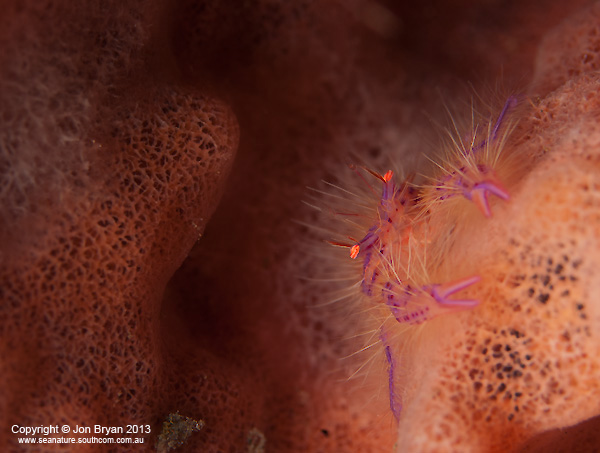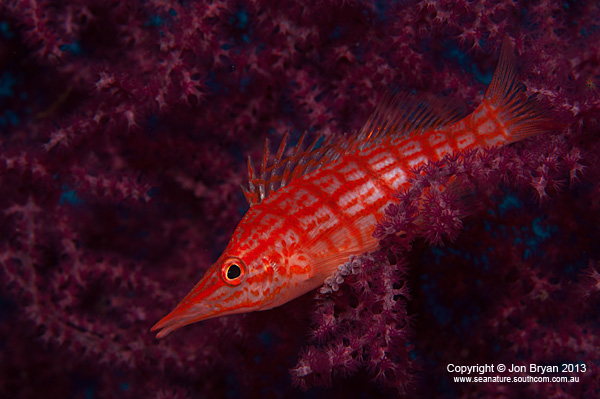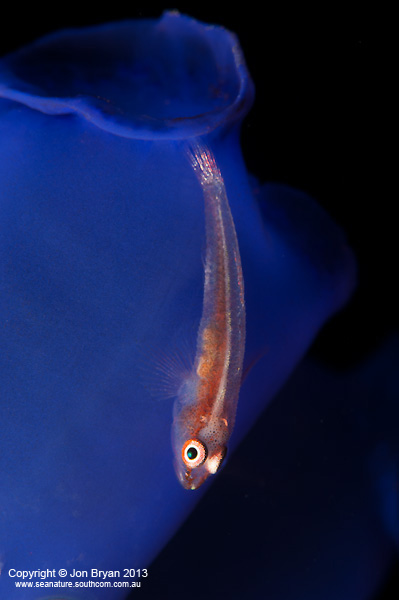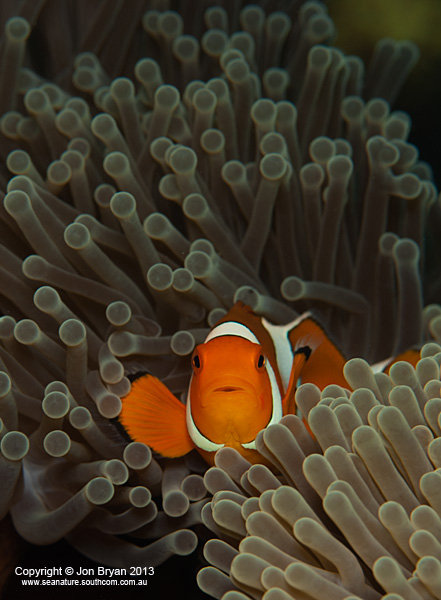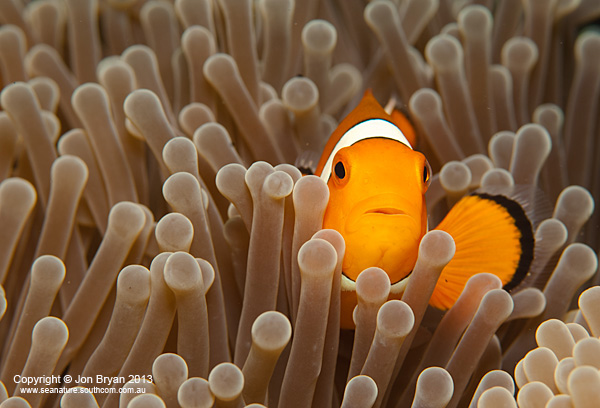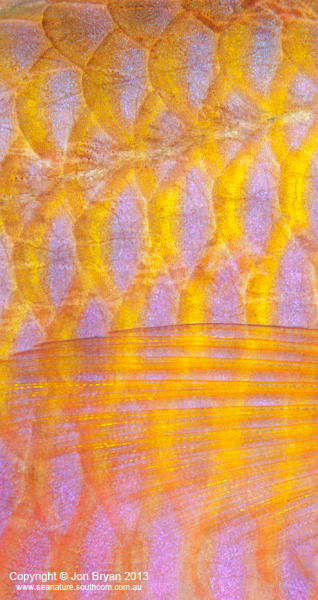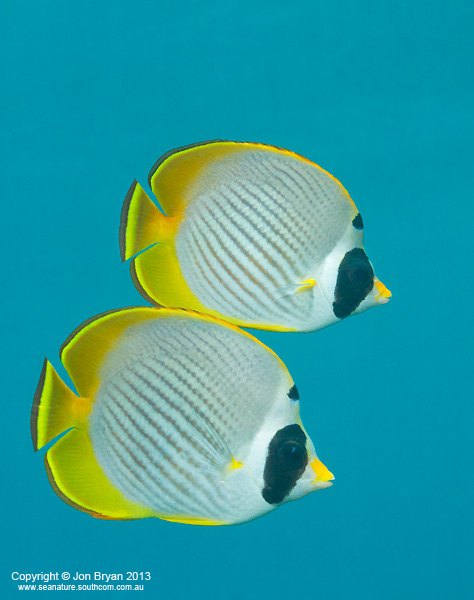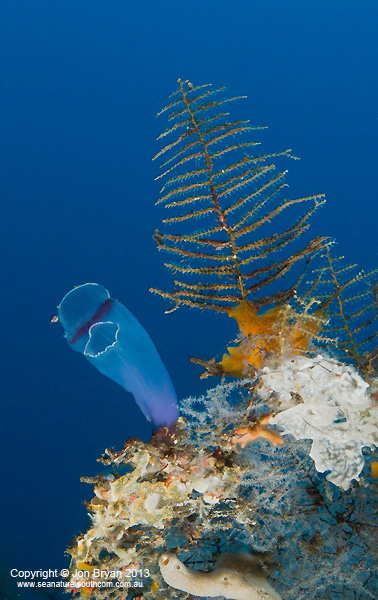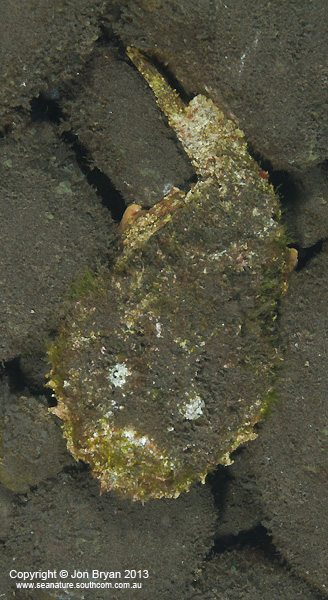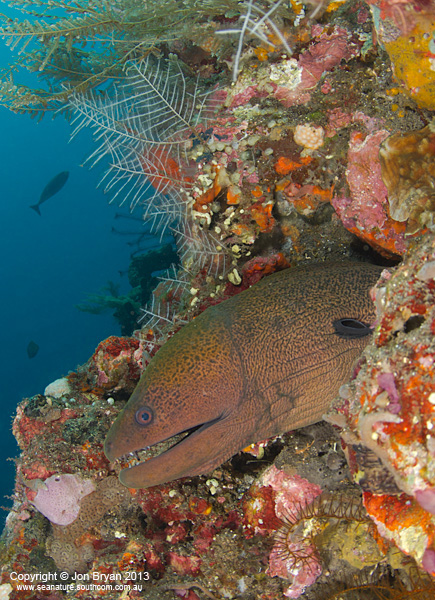| Bali - Indonesia |
|
Bali is near the centre of the Indo-Pacific Biosphere This is the meeting point for two of the world's most diverse marine bioregions, and, as you would expect, Bali's marine environment has a very high biodiversity. For the diver this translates into being able to see lots of interesting critters. A lot of these animals are out in the open where you can see them as you drift across the seabed. It is not uncommon to see mantis shrimp, while leaf scorpion fish and anglerfish seem to be abundant. Most of the other places I have dived where you can see these species they are considered unusual and a real find. One of the unexpected things for me were the multitude of small filter feeders found on most vertical surfaces. Delicate ascidians and masses of small anemones and octocorals are scattered across the reef in numbers higher than any other place I have visited in the tropics. Diving in Bali is generally easy, but in some places there are quite strong currents, particularly around some of the offshore islands. It is worth finding a good operator to dive with, and one that will fit in with you expectations. Bali is most popular with tourists who do not visit primarily to dive. Many operations seem to cater for divers with very low experience, and run dives as group affairs with a gaggle of divers and a dive master/ instructor swimming around as a group. This is fine for many but is a bit annoying if you want to do your own thing. I dived with Water Worxx Dive Centre. They are based in Padang Bai, have good access to some spectacular local diving and can also organise dives all around Bali. In summary, Bali provides some excellent diving with incredibly diverse marine life and allows divers to see some unusual critters. Highly recommended. |


